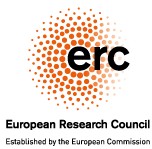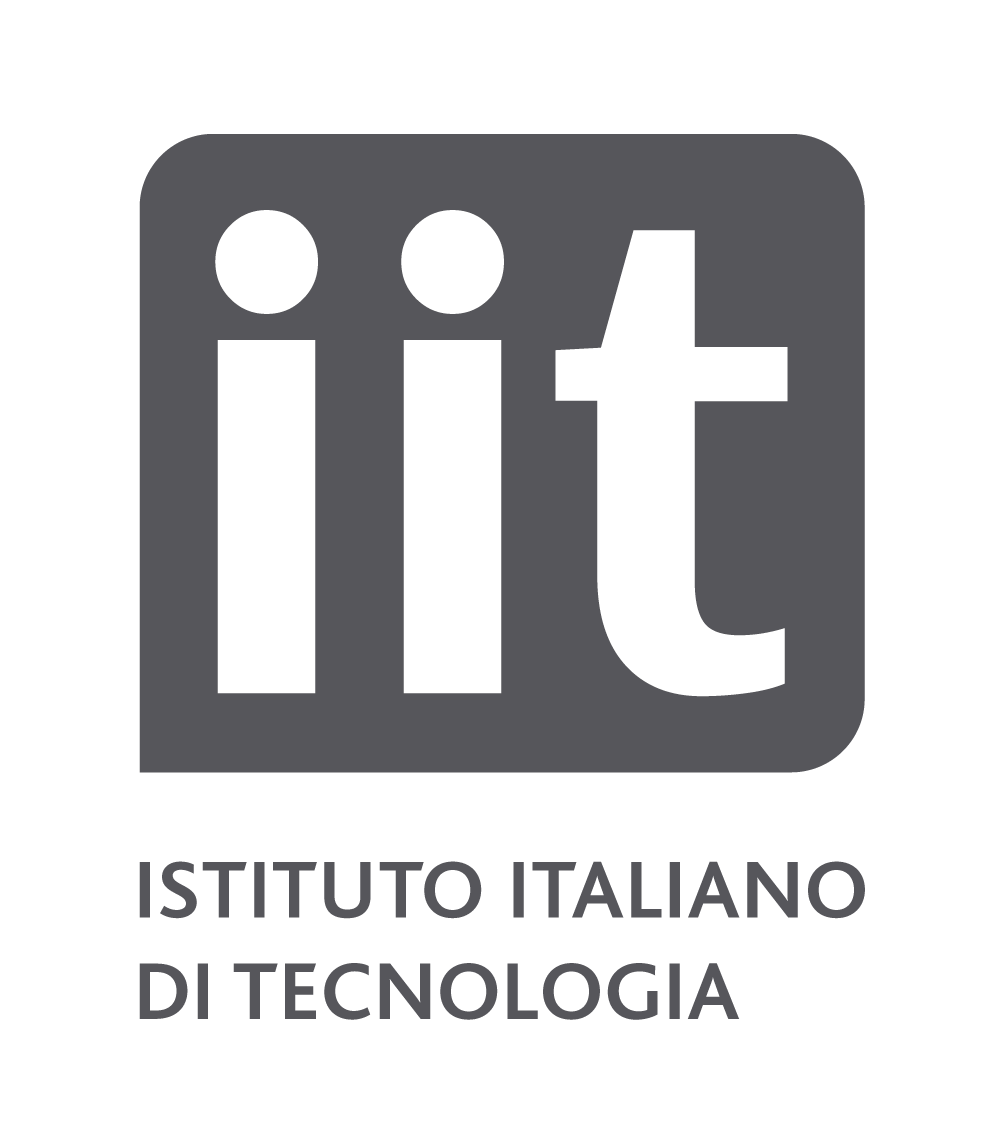Robotic Hand
Cordis NEWS
Losing the use of a limb - or losing the limb completely - can have a huge impact on a person's quality of life. Coming to terms with an impairment or disability can be an equally traumatic experience with the road to recovery often being a long and very hard one. Changing your life to accommodate your new reality is not something that happens easily or quickly.
All the tasks you once took for granted are suddenly a lot more difficult. Even if you have lost your weaker arm, for example, your stronger arm is still now required to carry out a job, well, single-handedly. Your ability to carry out every day jobs is not the only thing which is compromised. Your independence can suffer. Imagine driving a car with only one hand. You cannot hold the steering wheel and use a gear stick at the same time. Suddenly getting around becomes a lot more complicated.
All of the changes in one's life following the loss of a limb can have an emotional as well as physical effect on a person. In the past, these effects would make a person's life a much more difficult and strenuous experience. These days, however, the quality of life need not suffer after such a loss. Now there are many technological advances which can help a person regain their confidence and independence. Robotics is helping people get their lives back.
Robots are supposed to make our lives easier; helping us make dinner, looking out for the kids or welcoming guests. But in order to lend us a hand, robots will need some pretty impressive hands themselves-hands that can pick up an egg, play catch or pour coffee. Human engineers have accepted this challenge, and over the past few years have developed robotic hands with unprecedented dexterity, strength and sensitivity.
Among those who have been working hard in this field are Europeans researchers such as those at the Research Center "E. Piaggio" of the University of Pisa and Istituto Italiano di Tecnologia, Genova in Italy. They have created a robotic hand that is destined to revolutionize the world of intelligent prosthetics.
Simple and robust in structure and costing a fraction of a typical robotic hand, the new hand is capable of reproducing almost all natural hand movements. Most robotic grasping tasks are based on gripping a stationary or fixed object. The new hand is capable of much more.
The project hand is robust and compliant, and able to grasp almost all kinds of objects driven by a single motor, at the cost of a few hundred dollars. Thanks to its simplicity and extreme versatility it could be used both as a robotic hand and as a prosthetic hand very easily. Its fingers can withstand physical "abuse" such as hard impacts and disarticulation.
This incredible convergence of performance, robustness and affordability - explains Antonio Bicchi, coordinator of the Robotics Research Group at the Research Center "E. Piaggio" and Senior Scientist at Istituto Italiano di Tecnologia - has been made possible by the revolutionary design of the hand.
"The phalanges are constituted of two pairs of cylinders in rolling contact with each other mimicking human body articulations," he says. "The fingers are connected by elastic joints, with no mechanical connection elements, such as screws and bolts, which confer an elastic and simpler structure on the hand.
"But it is not a matter of simply copying the structure of the human hand," he adds. "Rather, we must understand the mechanisms of movement and perception at the basis of the performance of the hand and then develop an artificial structure able to function in the same way."
The project decided that in order to completely understand intelligence, they needed to first analyse and understand the details of the human hand's sensorimotor system. The team based the design of the Pisa-IIT Softhand on the theory that sensorimotor synergies have their roots in neuroscience.
The theory of synergies analyses all of the complex movements we can perform as produced by a combination of few configurations of basic movements, such as the closure of the fingers to grasp an object. Such movement-units, or synergies, generated by a precise configuration of muscles, are determined by our anatomical characteristics. They comprise innate movements, or movements learnt in early childhood. Thus, in order to reproduce the movement of grasping an object in a mechanical hand, it is not necessary to provide each finger with a motor, as it happens in traditional robotic hands. Rather, the configuration of the synergy responsible for the movement must be determined and therefore its schema must be reproduced in such a way that a single motor is able to control the entire movement.
The result is the first artificial hand capable of performing almost all of the different types of grips on everyday objects with a single motor and, due to the simplicity of its structure, robustness and low cost, is destined to revolutionize not only the world of prosthetic and robotic hands but advance other technologies as well.
Understanding the sensory and motor synergies of the human body, including the principles of low-level sensing and control in the design of mechanical hands, is expected to play a huge part in developing artificial intelligence as a whole.
The research initiative, which received 2.5 million Euro from the EU through the "ERC Advanced Grant" awarded to Professor Bicchi, is a joint collaboration between neuroscience, mathematics and engineering groups. The hand will be used as a study platform for mapping synergies and for studying aspects of robotic grip in future projects.
The hand has already earned acclaim, being named the most innovative project presented at the International Conference on Humanoids in Osaka, Japan in early December 2012. This followed on from the awards it received at the International Conference of Intelligent Robots and Systems (IROS2012), in Portugal.
The project is another example of how the EU has being developing a strong base in industrial robotics but more importantly, it provides people with impaired hand function, whether due to age, injury, or disease, with another stepping stone towards an independent life beyond disability.
All the tasks you once took for granted are suddenly a lot more difficult. Even if you have lost your weaker arm, for example, your stronger arm is still now required to carry out a job, well, single-handedly. Your ability to carry out every day jobs is not the only thing which is compromised. Your independence can suffer. Imagine driving a car with only one hand. You cannot hold the steering wheel and use a gear stick at the same time. Suddenly getting around becomes a lot more complicated.
All of the changes in one's life following the loss of a limb can have an emotional as well as physical effect on a person. In the past, these effects would make a person's life a much more difficult and strenuous experience. These days, however, the quality of life need not suffer after such a loss. Now there are many technological advances which can help a person regain their confidence and independence. Robotics is helping people get their lives back.
Robots are supposed to make our lives easier; helping us make dinner, looking out for the kids or welcoming guests. But in order to lend us a hand, robots will need some pretty impressive hands themselves-hands that can pick up an egg, play catch or pour coffee. Human engineers have accepted this challenge, and over the past few years have developed robotic hands with unprecedented dexterity, strength and sensitivity.
Among those who have been working hard in this field are Europeans researchers such as those at the Research Center "E. Piaggio" of the University of Pisa and Istituto Italiano di Tecnologia, Genova in Italy. They have created a robotic hand that is destined to revolutionize the world of intelligent prosthetics.
Simple and robust in structure and costing a fraction of a typical robotic hand, the new hand is capable of reproducing almost all natural hand movements. Most robotic grasping tasks are based on gripping a stationary or fixed object. The new hand is capable of much more.
The project hand is robust and compliant, and able to grasp almost all kinds of objects driven by a single motor, at the cost of a few hundred dollars. Thanks to its simplicity and extreme versatility it could be used both as a robotic hand and as a prosthetic hand very easily. Its fingers can withstand physical "abuse" such as hard impacts and disarticulation.
This incredible convergence of performance, robustness and affordability - explains Antonio Bicchi, coordinator of the Robotics Research Group at the Research Center "E. Piaggio" and Senior Scientist at Istituto Italiano di Tecnologia - has been made possible by the revolutionary design of the hand.
"The phalanges are constituted of two pairs of cylinders in rolling contact with each other mimicking human body articulations," he says. "The fingers are connected by elastic joints, with no mechanical connection elements, such as screws and bolts, which confer an elastic and simpler structure on the hand.
"But it is not a matter of simply copying the structure of the human hand," he adds. "Rather, we must understand the mechanisms of movement and perception at the basis of the performance of the hand and then develop an artificial structure able to function in the same way."
The project decided that in order to completely understand intelligence, they needed to first analyse and understand the details of the human hand's sensorimotor system. The team based the design of the Pisa-IIT Softhand on the theory that sensorimotor synergies have their roots in neuroscience.
The theory of synergies analyses all of the complex movements we can perform as produced by a combination of few configurations of basic movements, such as the closure of the fingers to grasp an object. Such movement-units, or synergies, generated by a precise configuration of muscles, are determined by our anatomical characteristics. They comprise innate movements, or movements learnt in early childhood. Thus, in order to reproduce the movement of grasping an object in a mechanical hand, it is not necessary to provide each finger with a motor, as it happens in traditional robotic hands. Rather, the configuration of the synergy responsible for the movement must be determined and therefore its schema must be reproduced in such a way that a single motor is able to control the entire movement.
The result is the first artificial hand capable of performing almost all of the different types of grips on everyday objects with a single motor and, due to the simplicity of its structure, robustness and low cost, is destined to revolutionize not only the world of prosthetic and robotic hands but advance other technologies as well.
Understanding the sensory and motor synergies of the human body, including the principles of low-level sensing and control in the design of mechanical hands, is expected to play a huge part in developing artificial intelligence as a whole.
The research initiative, which received 2.5 million Euro from the EU through the "ERC Advanced Grant" awarded to Professor Bicchi, is a joint collaboration between neuroscience, mathematics and engineering groups. The hand will be used as a study platform for mapping synergies and for studying aspects of robotic grip in future projects.
The hand has already earned acclaim, being named the most innovative project presented at the International Conference on Humanoids in Osaka, Japan in early December 2012. This followed on from the awards it received at the International Conference of Intelligent Robots and Systems (IROS2012), in Portugal.
The project is another example of how the EU has being developing a strong base in industrial robotics but more importantly, it provides people with impaired hand function, whether due to age, injury, or disease, with another stepping stone towards an independent life beyond disability.
No video selected.



